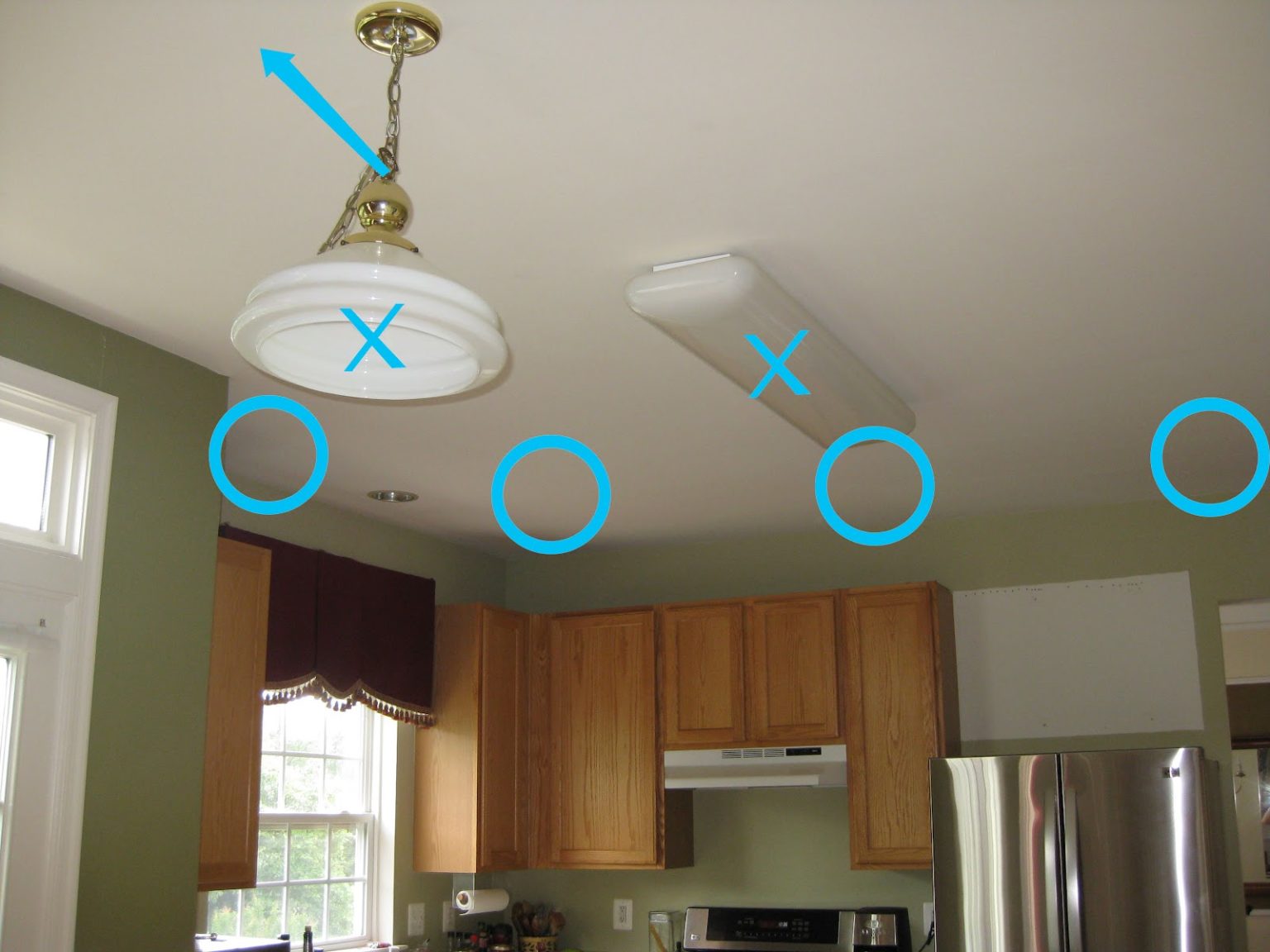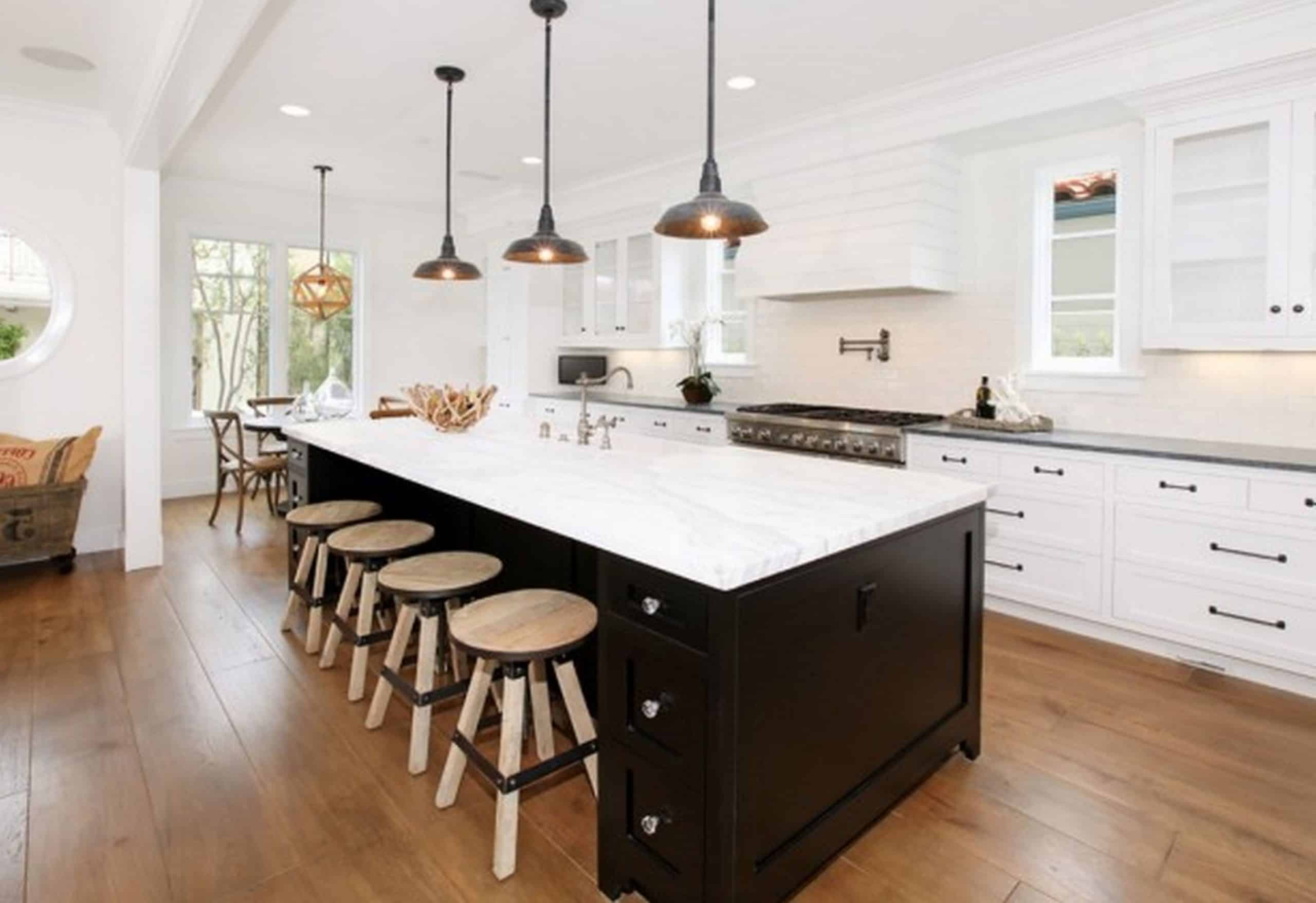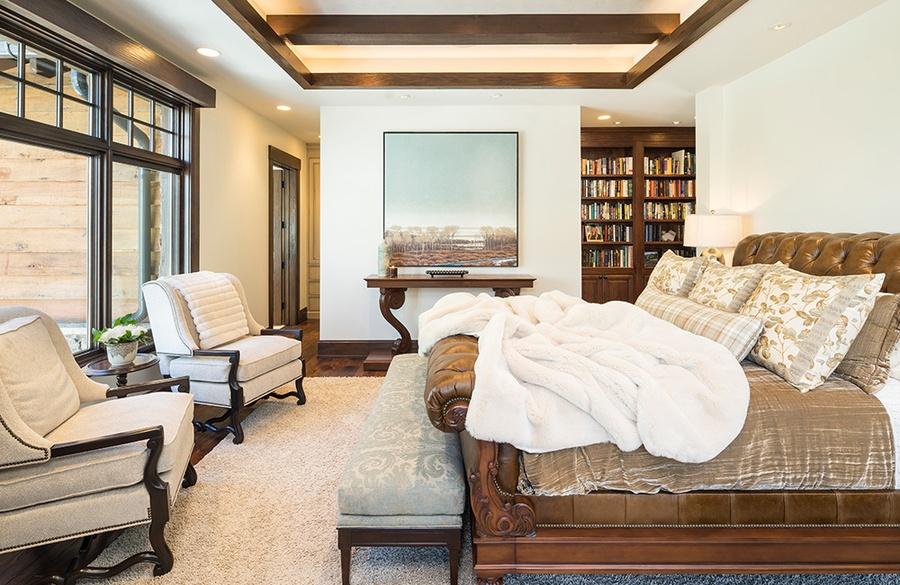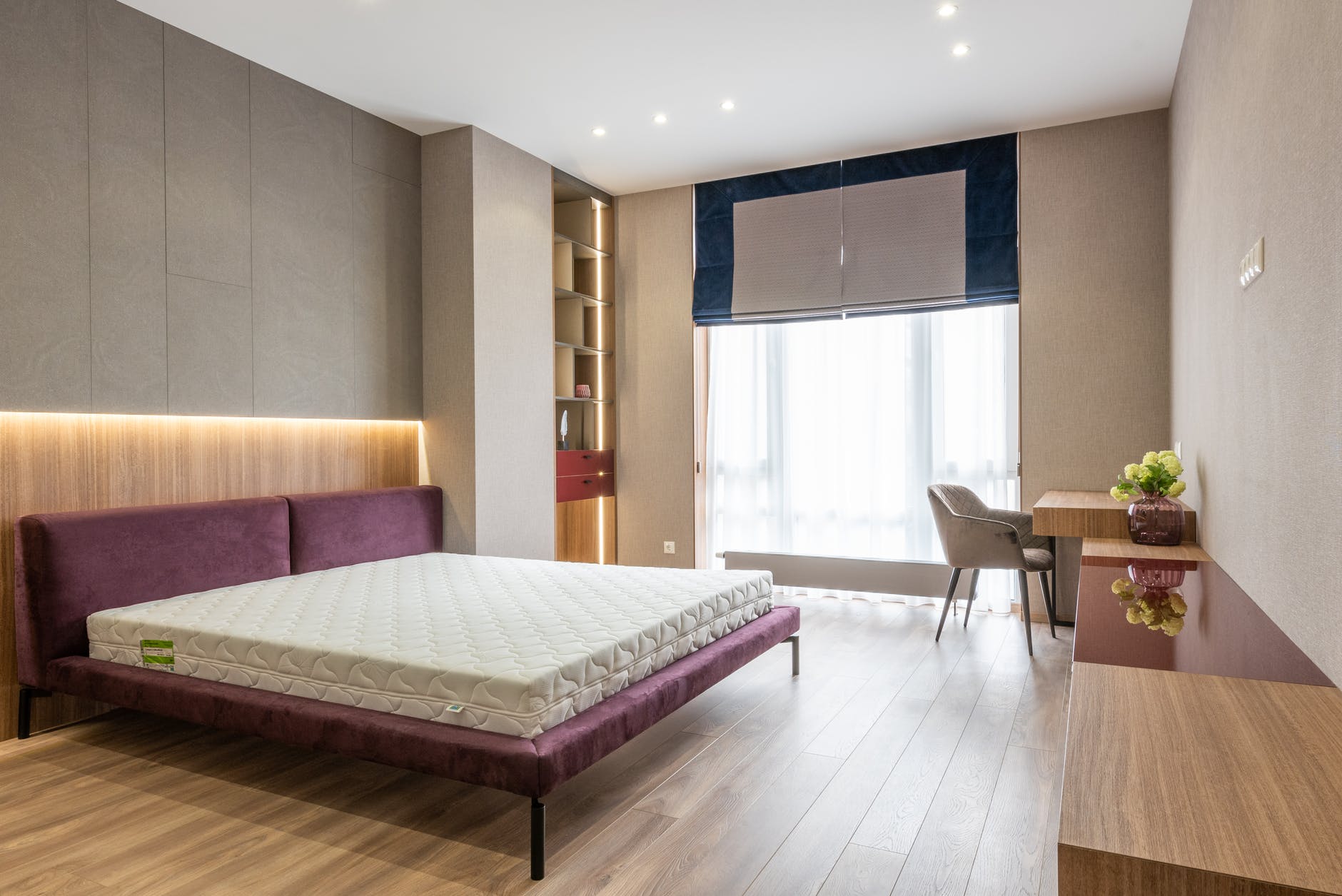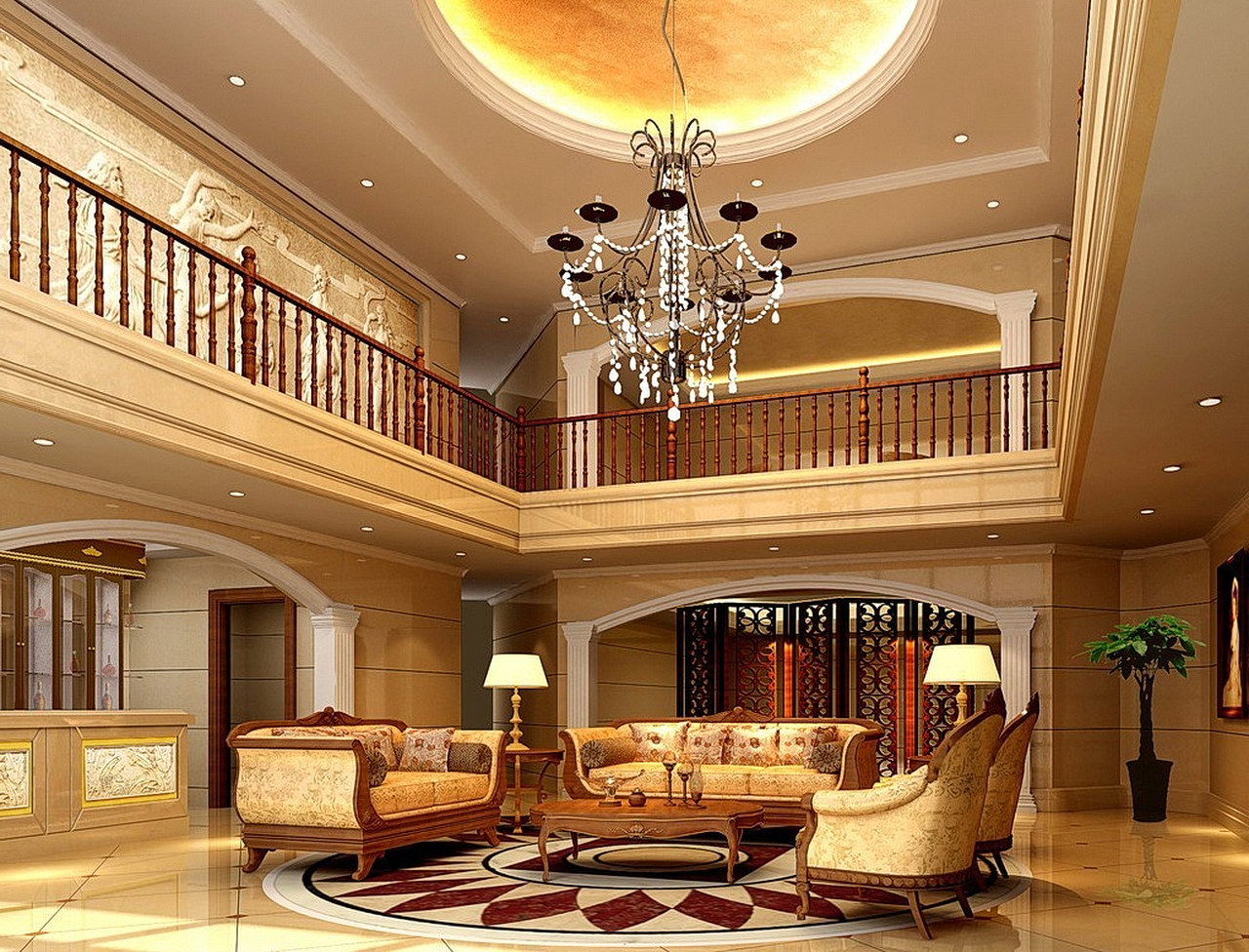Recessed lighting is a popular choice for kitchens due to its sleek and modern look. It provides ample light without taking up valuable space, making it a practical and stylish option for any kitchen. However, arranging recessed lighting in your kitchen can be a bit daunting if you don't know where to start. In this article, we will guide you on how to arrange recessed lighting in your kitchen for maximum functionality and aesthetic appeal.How to Arrange Recessed Lighting in Your Kitchen
The first step in arranging recessed lighting in your kitchen is to plan the layout. This involves determining the number of lights you will need and where they should be placed. One way to do this is by creating a lighting plan on paper. Measure your kitchen and mark where your cabinets, appliances, and other fixtures are located. Then, using a scale, draw in the recessed lights in the areas you want them to be placed. This will give you a visual representation of how your lighting will look and help you determine if any adjustments need to be made.How to Plan Your Recessed Lighting Layout in the Kitchen
Before installing your recessed lighting, there are a few things to keep in mind. First, make sure to choose the right type of recessed lights for your kitchen. There are different sizes and shapes available, so consider the size of your kitchen and the amount of light you want to achieve. Also, make sure to choose LED lights for energy efficiency and longevity. Additionally, it is crucial to follow safety guidelines when installing recessed lighting, such as turning off the power and using proper tools and techniques.Tips for Installing Recessed Lighting in a Kitchen
When it comes to placing your recessed lighting, there are a few best practices to keep in mind. Generally, it is recommended to place recessed lights every 4 to 6 feet for even lighting throughout the kitchen. Avoid placing lights too close together, as it can create a harsh and unflattering light. It is also essential to consider the placement of your cabinets and appliances when deciding on the location of your recessed lights. You want to make sure they are not obstructed and provide adequate lighting for those areas.Best Practices for Placing Recessed Lighting in a Kitchen
Not only is recessed lighting functional, but it can also be a stylish design element in your kitchen. One way to achieve this is by using different types of recessed lights, such as adjustable or directional lights, to highlight specific areas or features in your kitchen. You can also play around with the spacing and placement of your lights to create an interesting and unique design. Another design tip is to install dimmers for your recessed lights, allowing you to adjust the brightness and create different moods in your kitchen.Creating a Functional and Stylish Recessed Lighting Design for Your Kitchen
One of the main benefits of recessed lighting is its ability to maximize both light and space in your kitchen. By placing the lights in the ceiling, you don't have to worry about them taking up counter or wall space. This allows you to have more room for storage and other kitchen essentials. Additionally, recessed lighting provides excellent task lighting for cooking and food prep, making it a functional and space-saving choice for any kitchen.Maximizing Light and Space with Recessed Lighting in the Kitchen
Choosing the right size and spacing for your recessed lighting is crucial in achieving the desired lighting in your kitchen. As mentioned earlier, it is generally recommended to place lights every 4 to 6 feet for even lighting. However, the size of your kitchen and the height of your ceiling can also impact the spacing. For larger kitchens or higher ceilings, you may need to space the lights further apart or use larger light fixtures to achieve adequate lighting.Choosing the Right Size and Spacing for Recessed Lighting in Your Kitchen
Installing recessed lighting in a kitchen ceiling requires some planning and preparation, but it can be a DIY project with the right tools and knowledge. Before starting, make sure to turn off the power and follow any instructions or guidelines provided by the manufacturer. The process involves cutting holes in the ceiling, running wiring, attaching the light fixtures, and connecting them to a switch. If you are not comfortable with electrical work, it is best to hire a professional to install your recessed lighting.How to Install Recessed Lighting in a Kitchen Ceiling
Recessed lighting can be used in various ways to enhance the design of your kitchen. One idea is to use them to create a focal point, such as above a kitchen island or a specific area of the kitchen. You can also use them to highlight certain features, such as artwork or a backsplash. Another design tip is to use recessed lighting to create a layered lighting effect by combining them with other types of lighting, such as pendant lights or under-cabinet lighting.Design Ideas for Using Recessed Lighting in a Kitchen
While arranging recessed lighting in your kitchen, there are some common mistakes to avoid to ensure you achieve the best results. One mistake is not considering the placement of your furniture and fixtures, which can result in shadows and uneven lighting. Another mistake is not using enough lights, which can lead to a dull and uninviting kitchen. It is also crucial to choose the right color temperature for your lights, as it can greatly impact the overall ambiance of your kitchen.Common Mistakes to Avoid When Arranging Recessed Lighting in a Kitchen
Arranging Recessed Lighting in Kitchen - A Guide to Perfect Illumination

Why Recessed Lighting?
:max_bytes(150000):strip_icc()/kitchenrecessedlighting-GettyImages-155383268-dec5caad600541ff81cbdd6d06846c66.jpg) Recessed lighting, also known as can lights, is a popular choice for kitchen lighting due to its sleek and modern look. It provides a clean and uncluttered appearance, making it a great option for small kitchens. Additionally, recessed lighting can be strategically placed to create task lighting, accent lighting, or ambient lighting, making it a versatile choice for any kitchen design.
Recessed lighting, also known as can lights, is a popular choice for kitchen lighting due to its sleek and modern look. It provides a clean and uncluttered appearance, making it a great option for small kitchens. Additionally, recessed lighting can be strategically placed to create task lighting, accent lighting, or ambient lighting, making it a versatile choice for any kitchen design.
Planning Your Layout
 Before installing recessed lighting in your kitchen, it is important to plan out your layout. Consider the size and shape of your kitchen, as well as the placement of your cabinets and appliances. The goal is to create a balanced and evenly illuminated space, with no dark or shadowy areas.
Tip:
Use a graph paper and scale to draw a layout of your kitchen, including any existing lighting fixtures. This will help you visualize the placement of your recessed lights and ensure proper spacing.
Before installing recessed lighting in your kitchen, it is important to plan out your layout. Consider the size and shape of your kitchen, as well as the placement of your cabinets and appliances. The goal is to create a balanced and evenly illuminated space, with no dark or shadowy areas.
Tip:
Use a graph paper and scale to draw a layout of your kitchen, including any existing lighting fixtures. This will help you visualize the placement of your recessed lights and ensure proper spacing.
Task Lighting
 Task lighting is essential for any kitchen, as it provides focused lighting for specific areas where you perform tasks such as cooking or food preparation. When arranging recessed lighting for task lighting, it is important to place the lights directly over the work areas, such as the stove, sink, and countertops. This will ensure that there are no shadows or glare while you are working.
Tip:
Consider using adjustable recessed lights for task lighting, as they can be directed towards specific areas as needed.
Task lighting is essential for any kitchen, as it provides focused lighting for specific areas where you perform tasks such as cooking or food preparation. When arranging recessed lighting for task lighting, it is important to place the lights directly over the work areas, such as the stove, sink, and countertops. This will ensure that there are no shadows or glare while you are working.
Tip:
Consider using adjustable recessed lights for task lighting, as they can be directed towards specific areas as needed.
Accent Lighting
 Accent lighting adds dimension and visual interest to your kitchen design. It can be used to highlight architectural features, artwork, or decorative elements. When arranging recessed lighting for accent lighting, it is important to place the lights at a 30-degree angle towards the wall or object you want to highlight.
Tip:
Use dimmer switches for your accent lighting to create different moods and ambiance in your kitchen.
Accent lighting adds dimension and visual interest to your kitchen design. It can be used to highlight architectural features, artwork, or decorative elements. When arranging recessed lighting for accent lighting, it is important to place the lights at a 30-degree angle towards the wall or object you want to highlight.
Tip:
Use dimmer switches for your accent lighting to create different moods and ambiance in your kitchen.
Ambient Lighting
 Ambient lighting provides overall illumination for your kitchen, creating a warm and inviting atmosphere. When arranging recessed lighting for ambient lighting, it is important to evenly space the lights throughout the room. A good rule of thumb is to place the lights 4 feet apart for an 8-foot ceiling and 5 feet apart for a 10-foot ceiling.
Tip:
Consider using LED recessed lights for ambient lighting, as they are energy-efficient and have a longer lifespan.
Ambient lighting provides overall illumination for your kitchen, creating a warm and inviting atmosphere. When arranging recessed lighting for ambient lighting, it is important to evenly space the lights throughout the room. A good rule of thumb is to place the lights 4 feet apart for an 8-foot ceiling and 5 feet apart for a 10-foot ceiling.
Tip:
Consider using LED recessed lights for ambient lighting, as they are energy-efficient and have a longer lifespan.
Conclusion
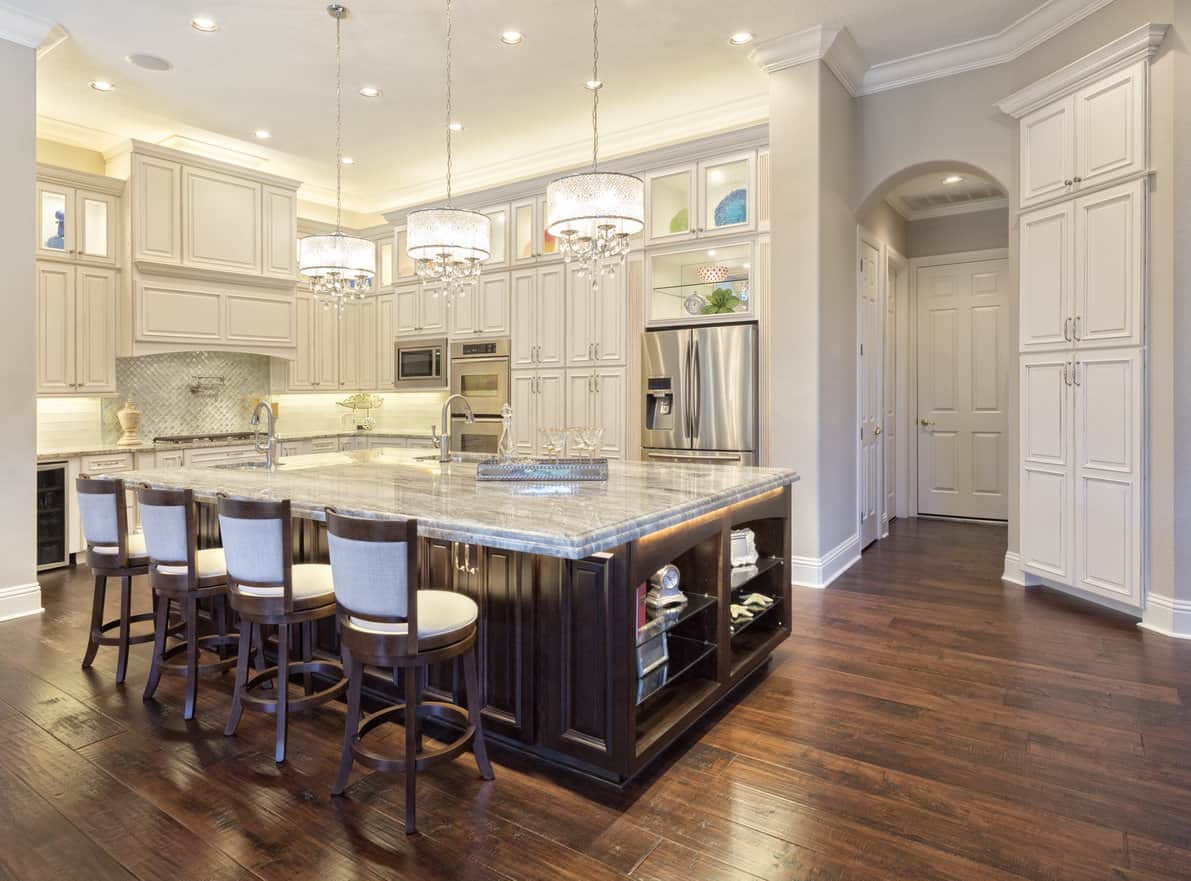 Arranging recessed lighting in your kitchen requires careful planning and consideration of the different types of lighting needed. By following these tips and tricks, you can create a well-lit and functional kitchen that also adds to the overall aesthetic of your home. Remember to always consult a professional electrician for proper installation and to ensure the safety of your home. With the right placement and type of recessed lighting, you can achieve the perfect balance of illumination in your kitchen.
Arranging recessed lighting in your kitchen requires careful planning and consideration of the different types of lighting needed. By following these tips and tricks, you can create a well-lit and functional kitchen that also adds to the overall aesthetic of your home. Remember to always consult a professional electrician for proper installation and to ensure the safety of your home. With the right placement and type of recessed lighting, you can achieve the perfect balance of illumination in your kitchen.



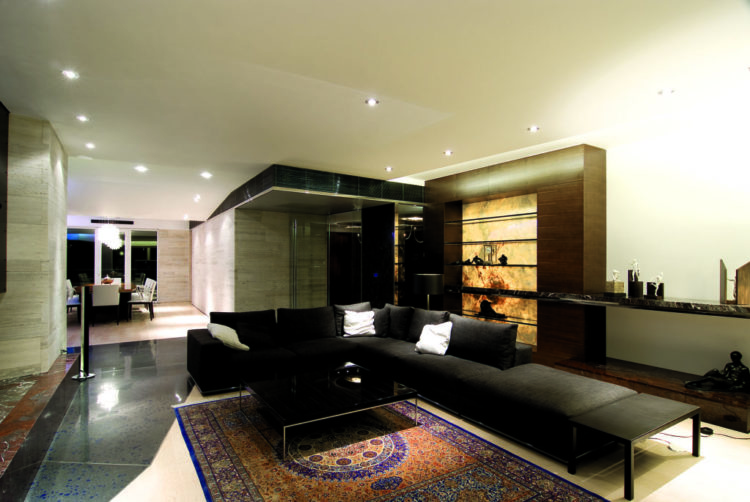
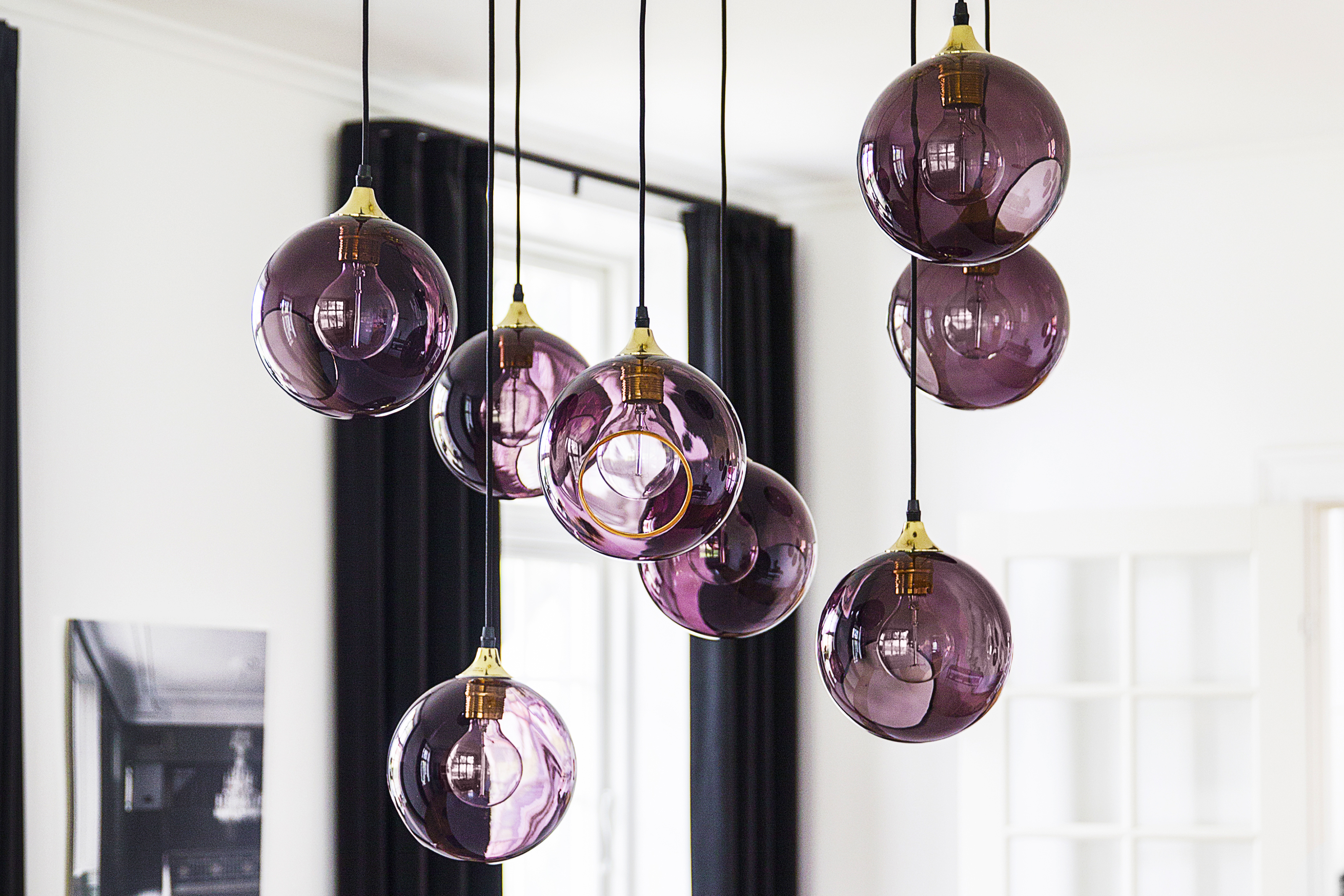





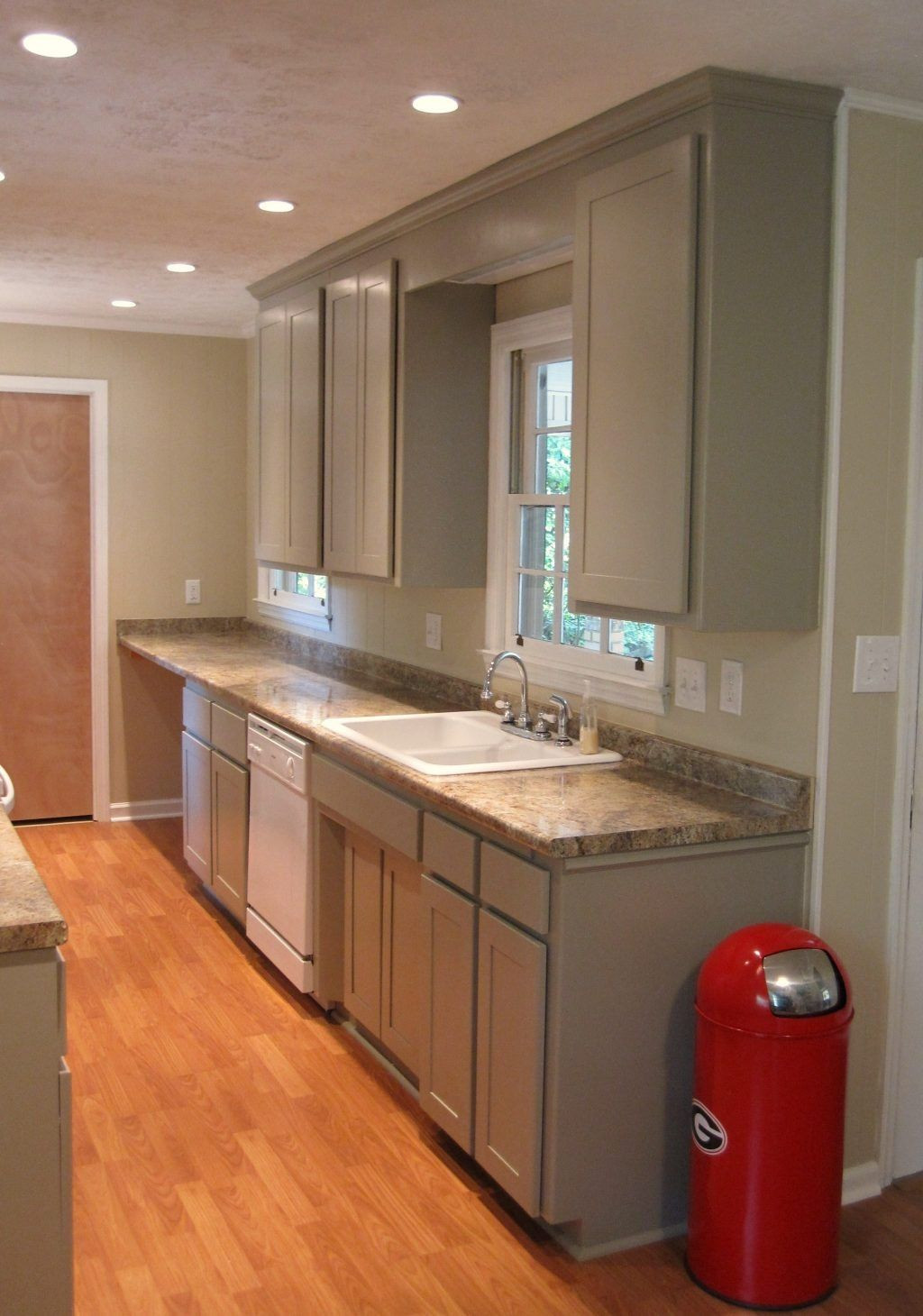








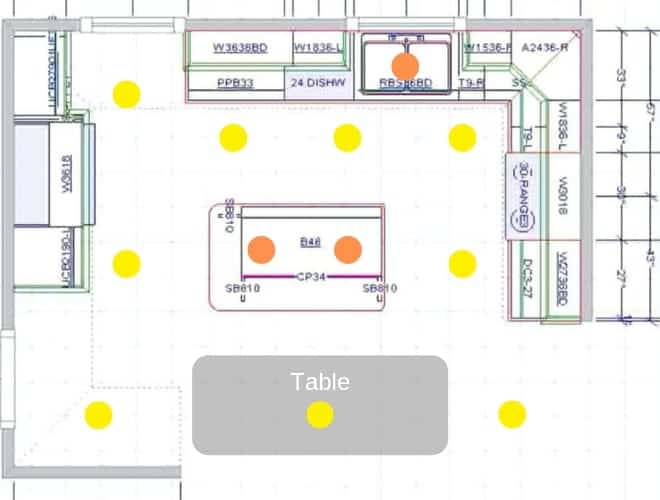






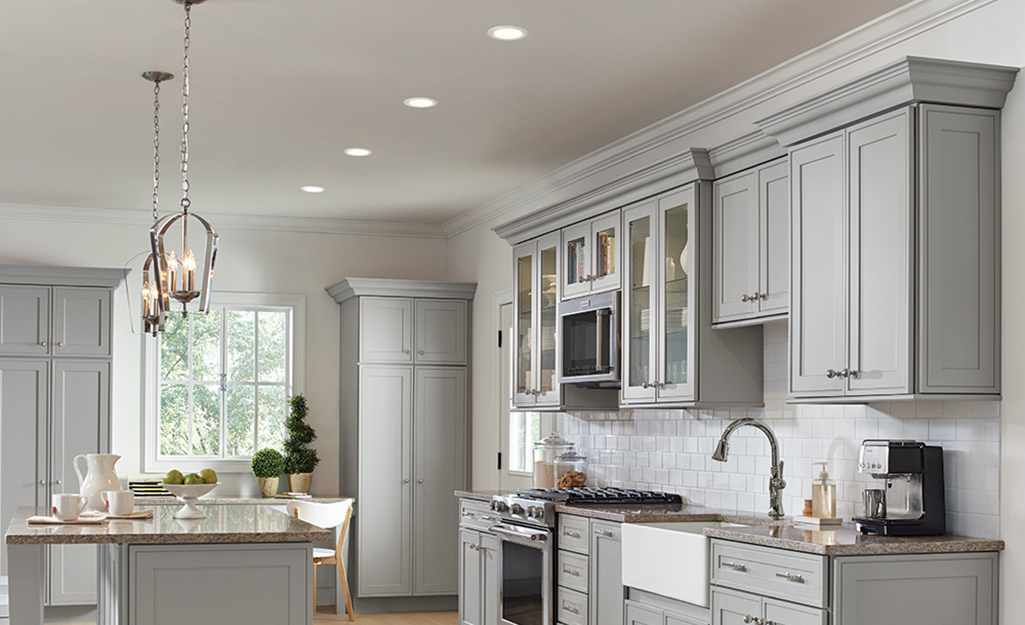



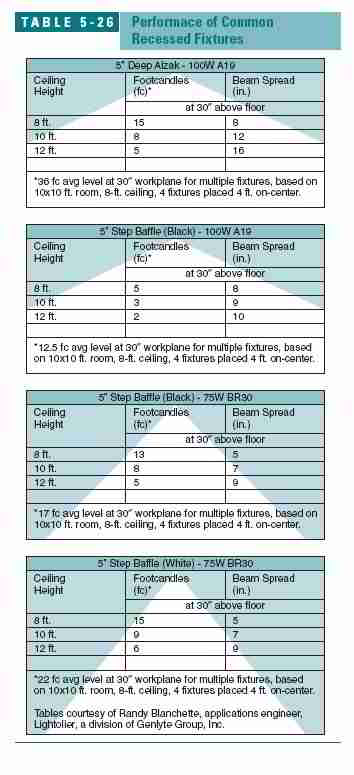
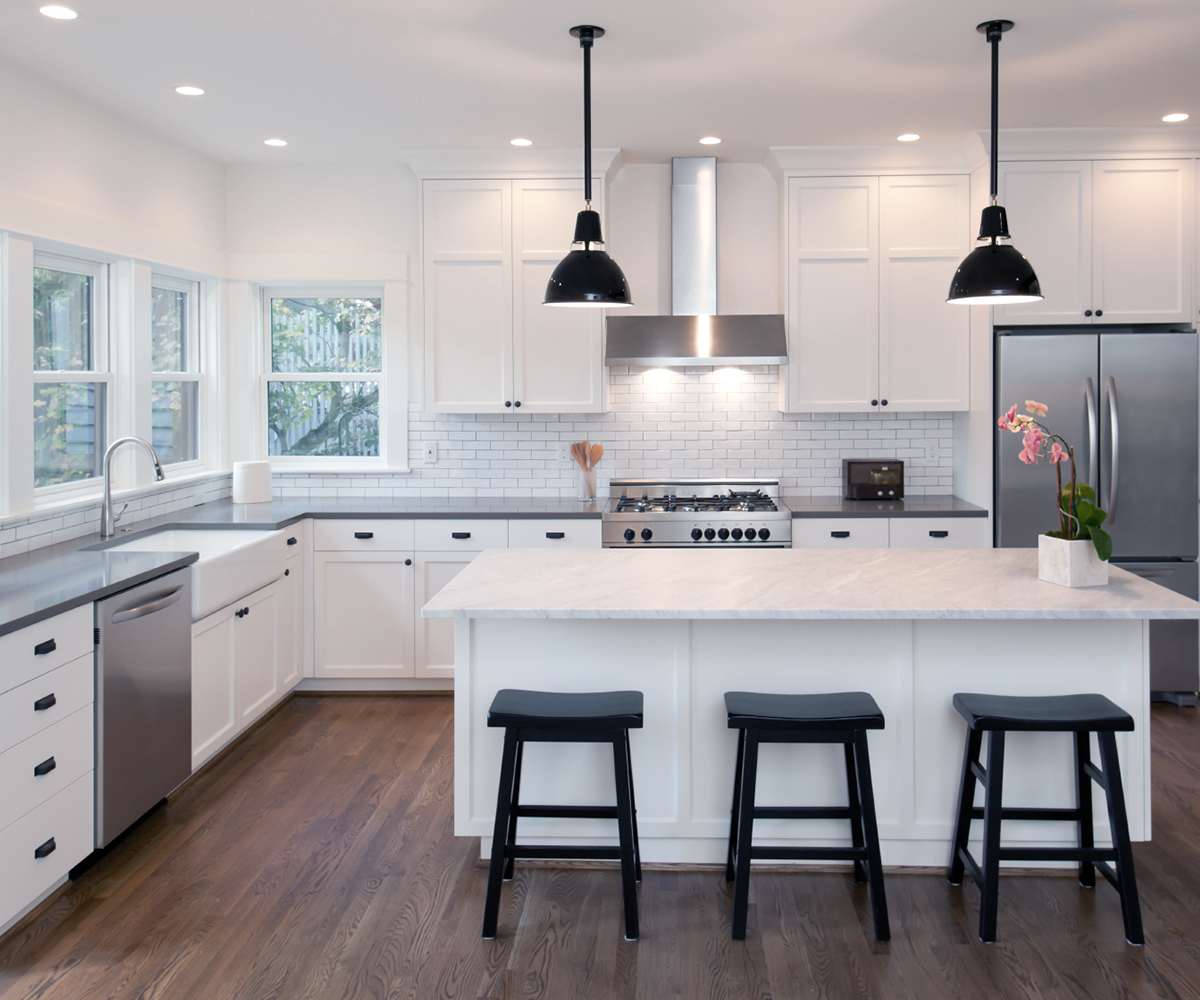





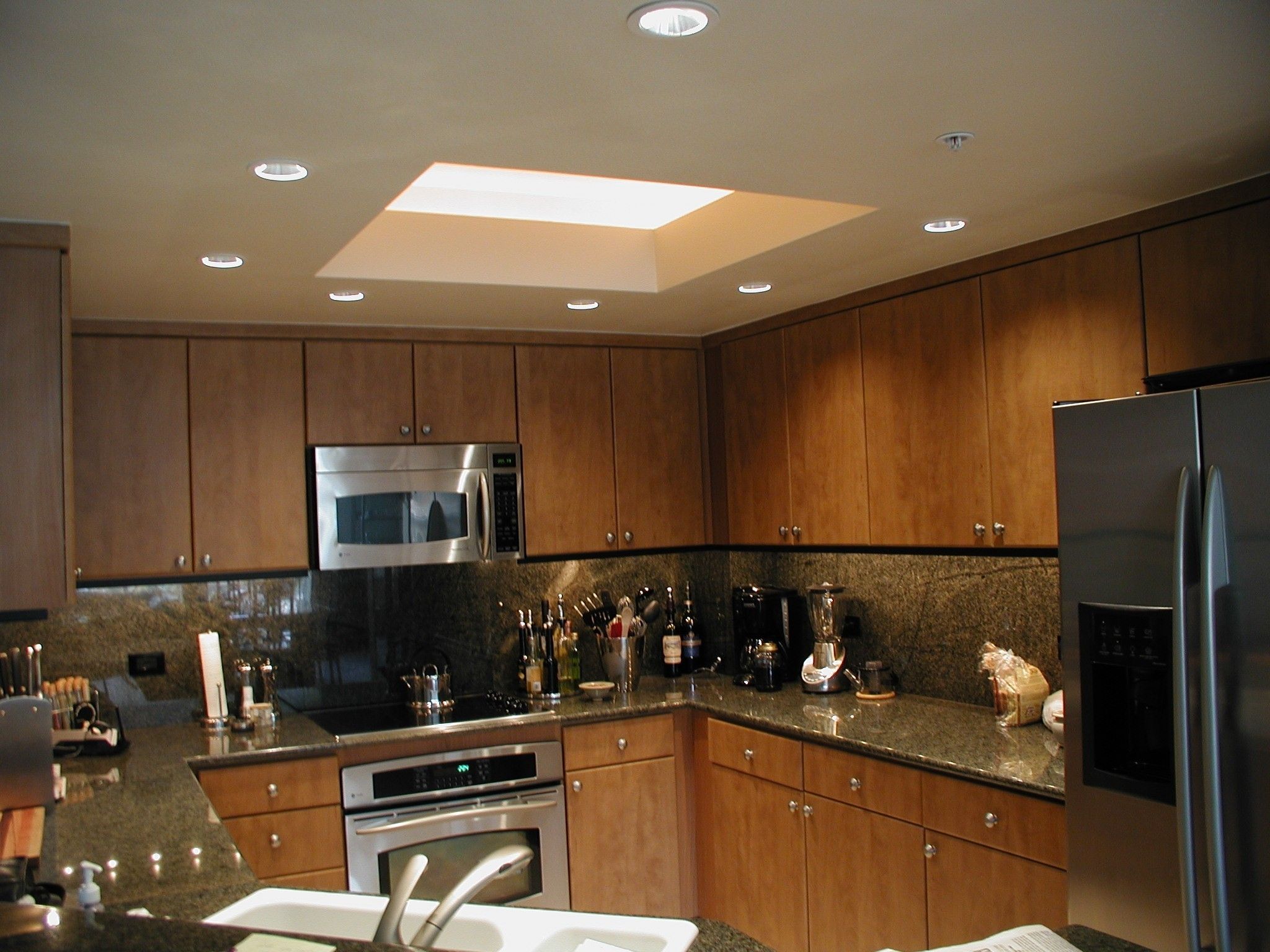
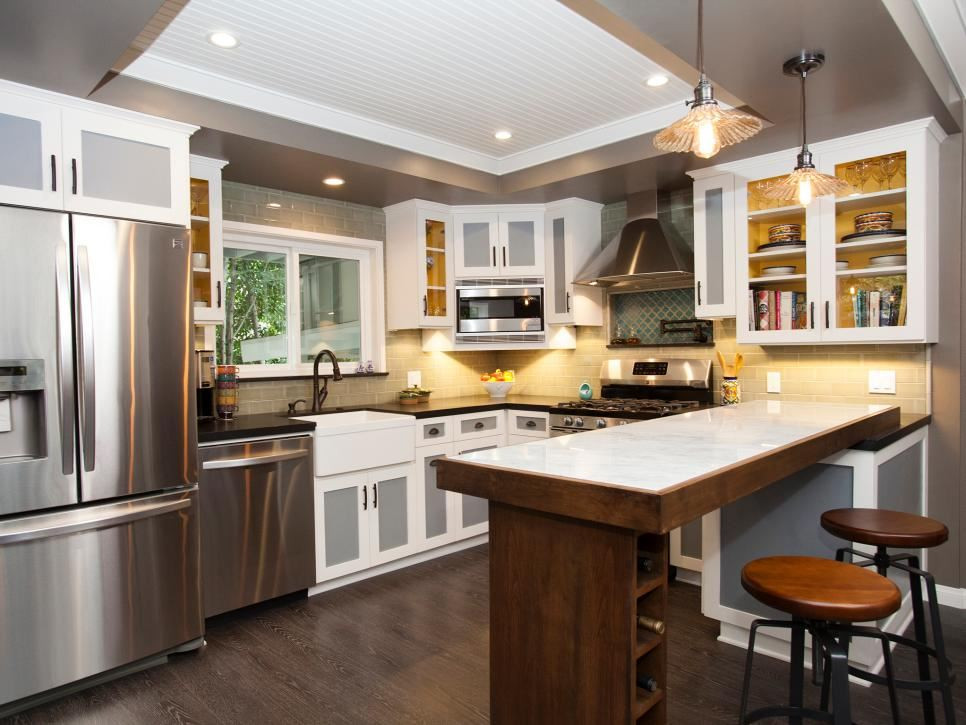




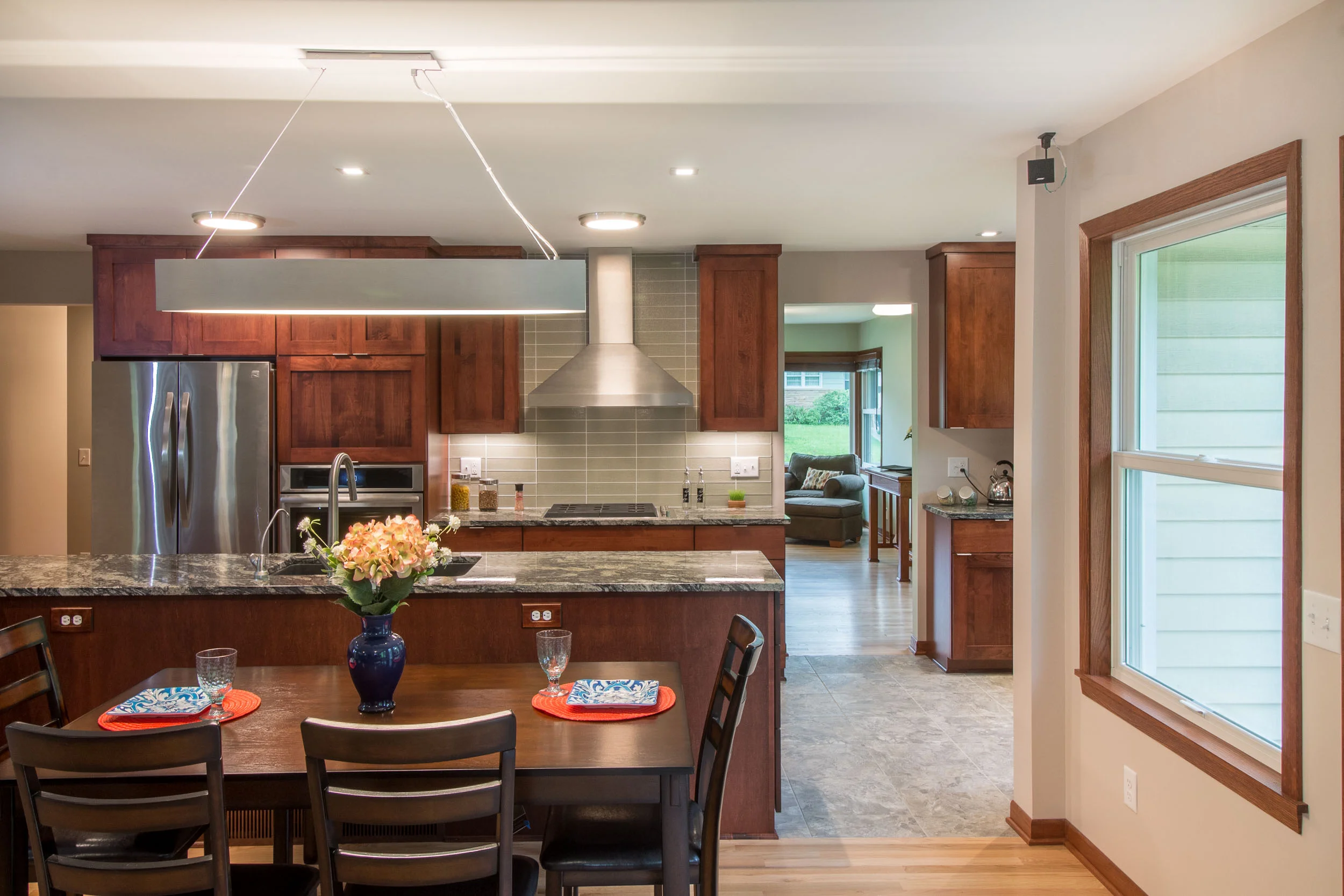
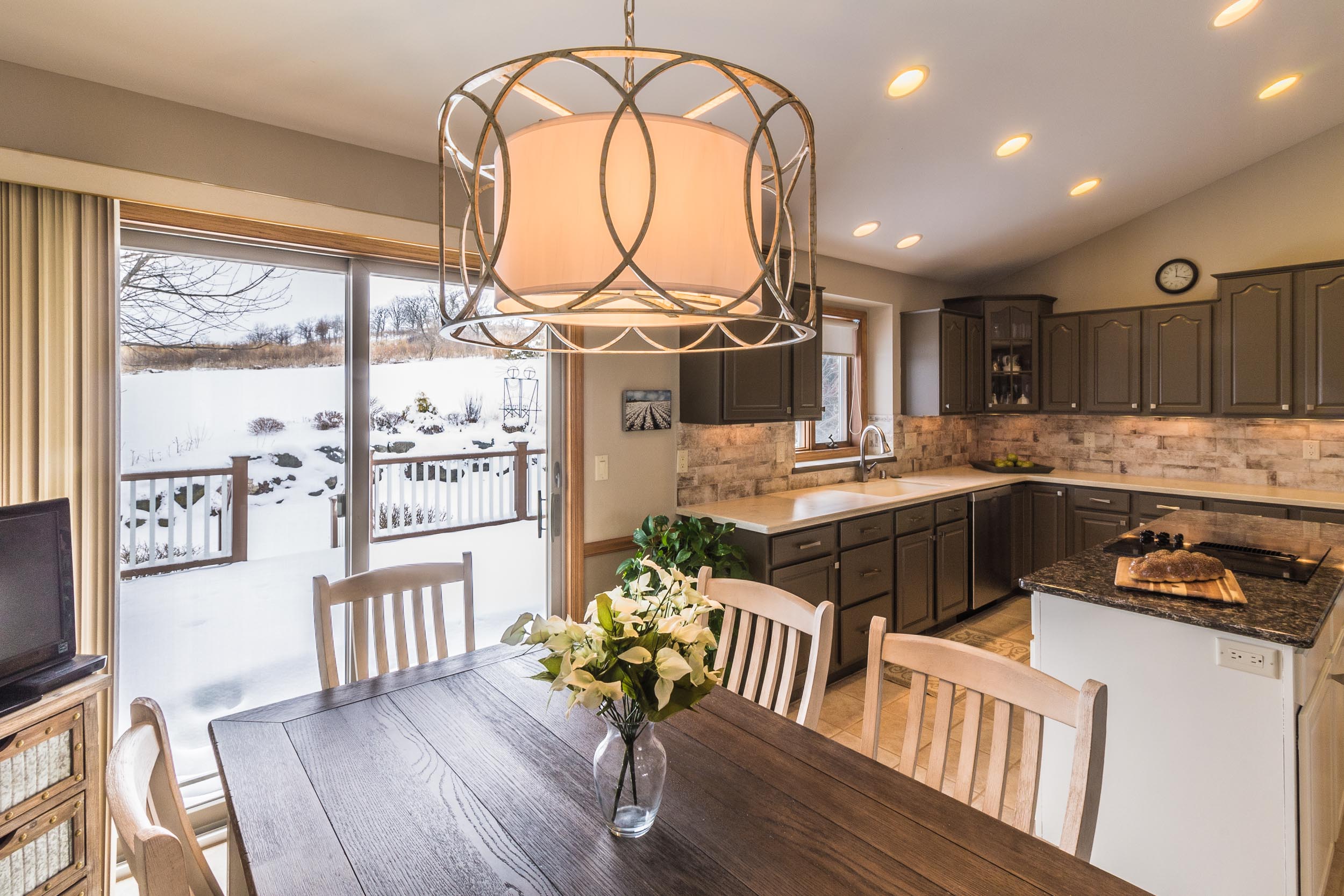



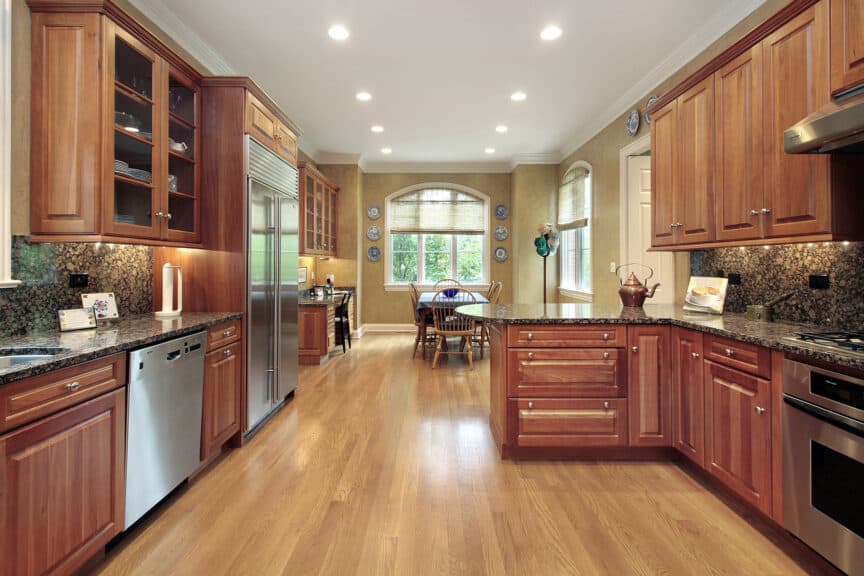



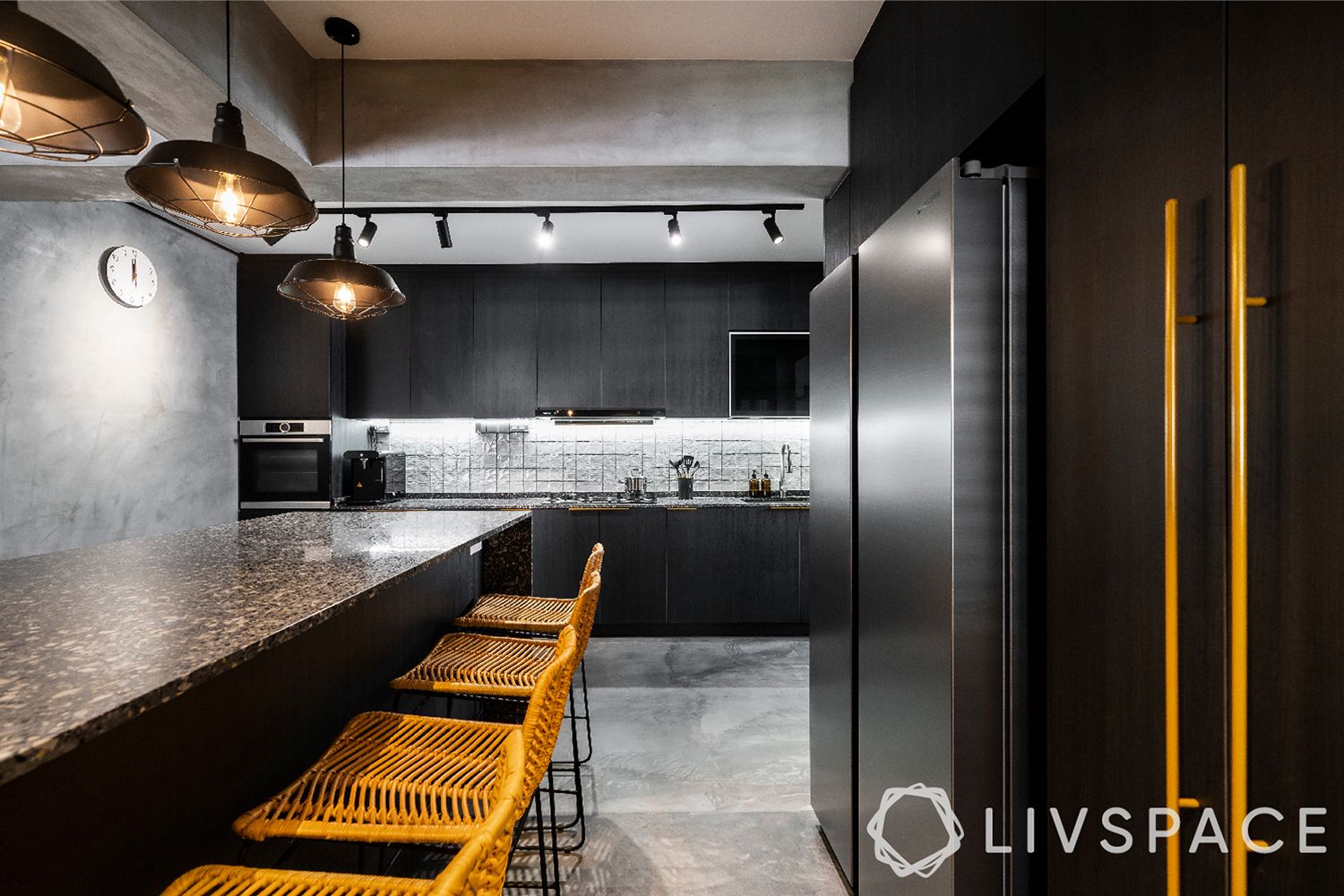

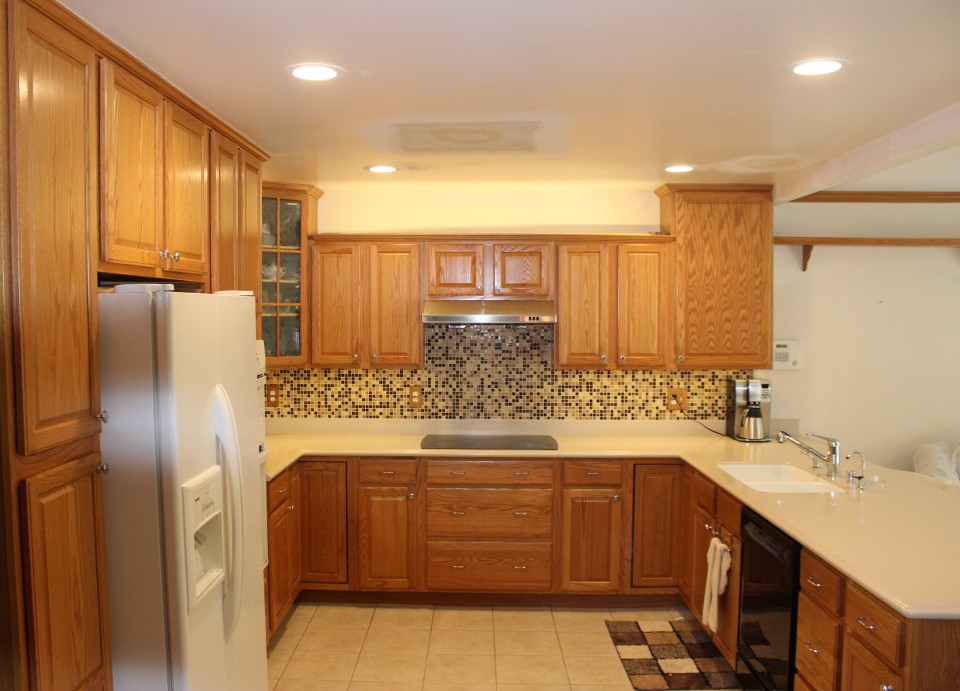




/GettyImages-Perry-Mastrovito-56a27fbe5f9b58b7d0cb598d.jpg)

